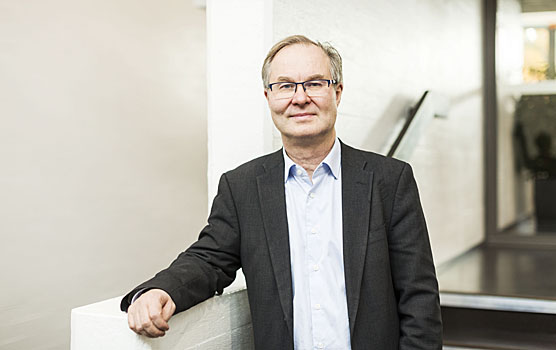
Jyri Seppälä © Kai Widell
A calculation system for greenhouse gas emissions covering all Finnish municipalities was finally released in early February, as were the data on municipal emissions for 2005–2017 generated by the system. This was an eagerly awaited release. The process was far from easy, but neither was the task itself. This is presumably the world’s only system of its kind which provides the estimated emissions of over 300 municipalities, calculated according to harmonised principles. It is a great achievement for the developers and shows strong commitment to the task.
Municipal emissions accounting is needed especially in Finland, which on an international scale, has an exceptionally high number of municipalities and regions carrying out pioneering work to mitigate climate change. Hinku municipalities alone number 72. In addition, we have four Hinku regions, which strive to reduce their emissions by 80 per cent from the 2007 levels by 2030. In practice, municipal data also provides information for these regional emissions targets.
One could imagine that municipal and regional decision-makers can now breathe a sigh of relief. The new system is an answer to the old saying that you cannot manage what you cannot measure. However, things may not be quite as simple as this. The newly released data may differ from expectations or from previously presented figures. The latter case, in turn, may cause confusion and enquiries.
Emissions accounting systems are bound by their premises, source data and resources. While not perfect, the new system is a good compromise in the present situation. The developers are fully aware that they need to continue their work. Nevertheless, the system provides a good overall picture of emissions in municipalities and other areas.
Based on the results, the trend in emissions varies greatly depending on the municipality and area. This is not surprising, since each municipality and area starts from a different situation and has different opportunities for progress. However, this is not something to hide behind. Each party can move forward taking into account their own circumstances and make their own progress attractive by paving the way for new emissions reductions.
In other words, the use of energy should not be based on comparing one’s results with those of other municipalities and areas but rather with one’s own progress. In this respect, the emissions system already provides new opportunities. Let’s grasp them and make the impossible possible, that is, a success story for Finland – together.
Professor Jyri Seppälä, national leader of the Hinku network, Finnish Environment Institute